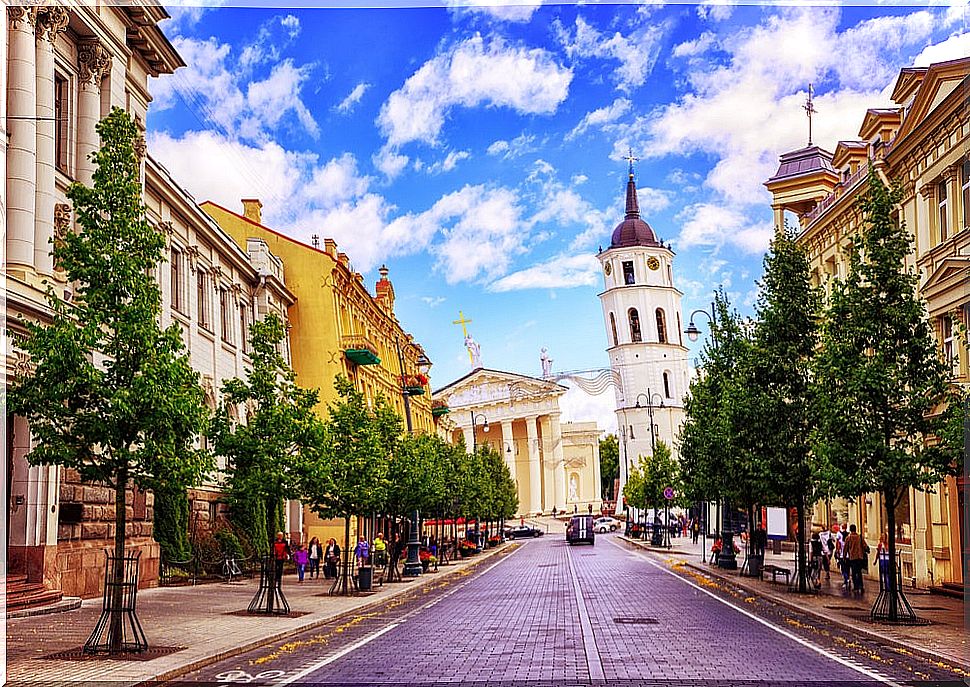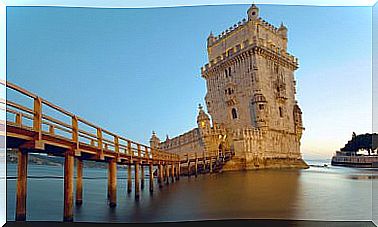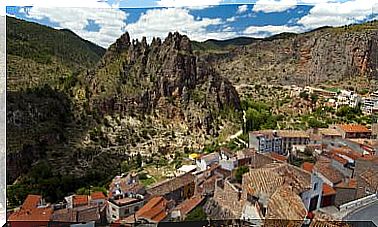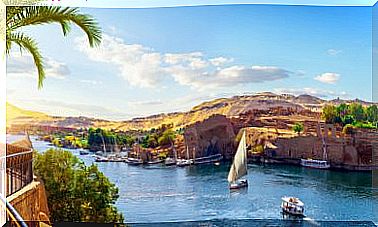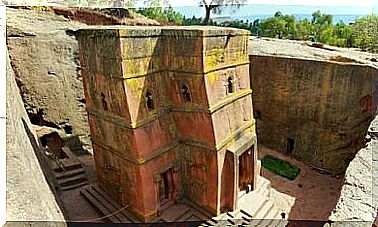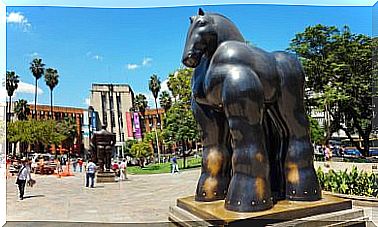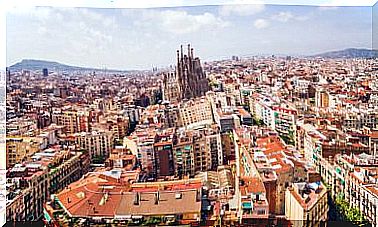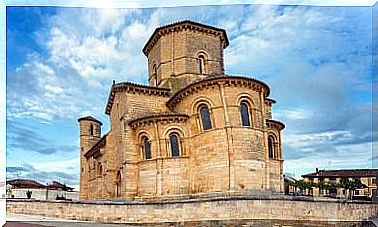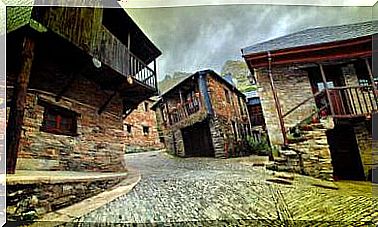The Curonian Spit: Parnidis Dune And Other Treasures
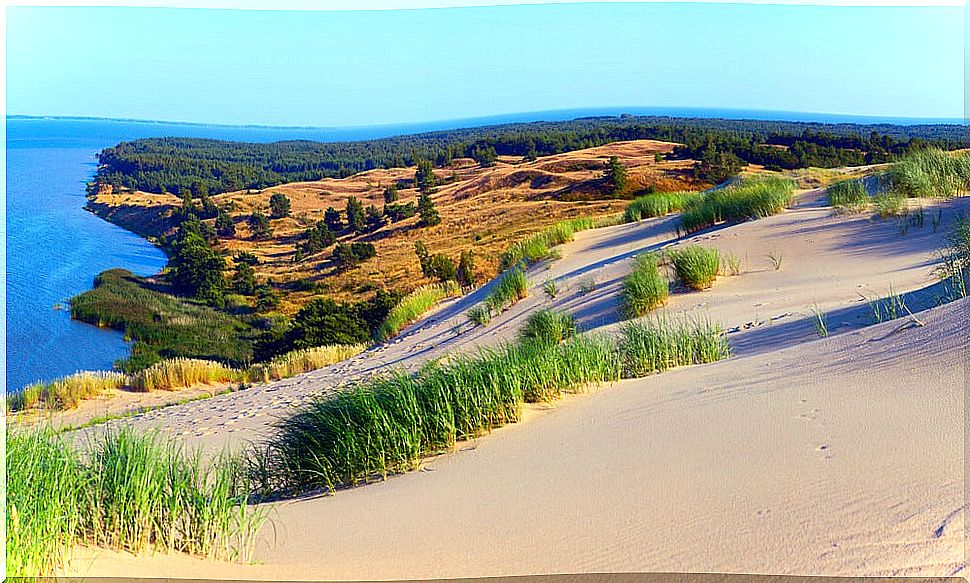
The Curonian Spit is formed by a wide lagoon that serves as the nucleus of the current natural park of the same name. Among its great wonders are its mobile dunes, the largest in Europe.
Therefore, we want to show you in more detail this particular ecosystem and show you everything that you should not miss if you travel to this fabulous place. Visiting the Curonian isthmus is a unique opportunity to admire a dreamlike landscape.
The origin of the Curonian Spit
The isthmus is located on the coast of the Baltic Sea and is considered one of the most impressive ecosystems in Lithuania. But its territory does not belong only to this country, since it is a shared territory with Russia.
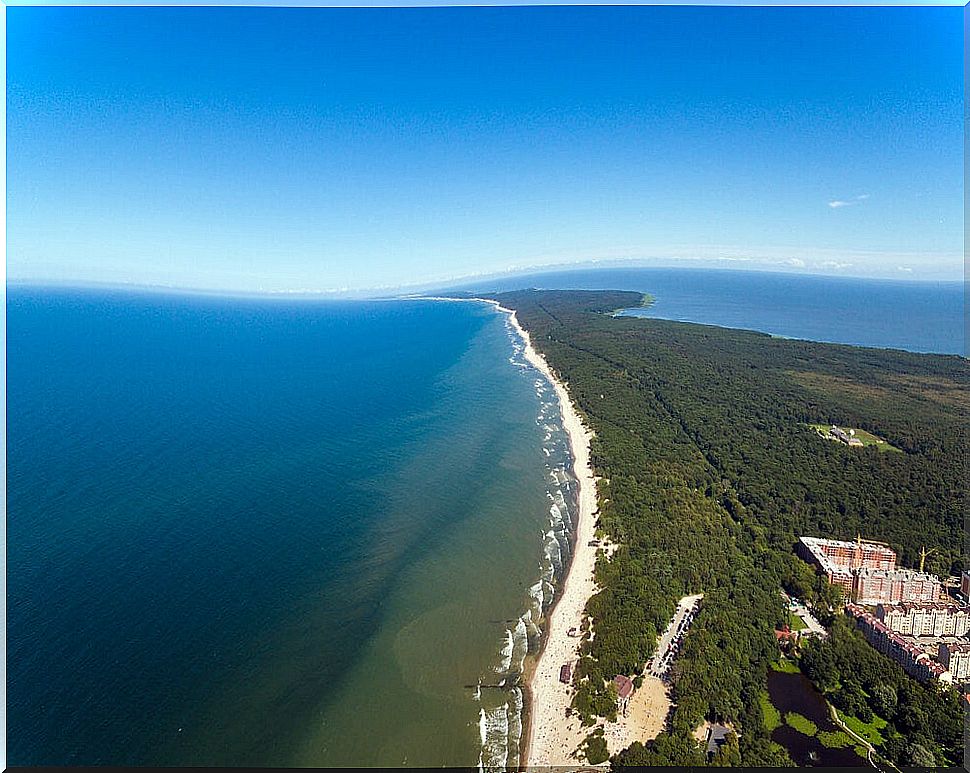
The isthmus gets its name from Curonian Lake and is separated from the sea by the nearly 100-kilometer-long spit of land. However, in its widest parts it barely reaches four kilometers.
This formation was one of the most important Prussian settlements for trade, mainly for the sale of amber. Not only that, but the Curonian Spit is part of some tales from Baltic mythology. They talk about the creation of the sand barrier and its preservation attempts to this day.
Deforestation hit the Curonian Spit during the 17th and 18th centuries due to the abuse of resources, especially by the timber industry, the expansion of cultivation areas and grazing routes. At the end of the 19th century, work began to fix the dunes by creating protective ridges to prevent the movement of the earth caused by the sea.
Also during this time there were many who, inspired by the landscapes, migrated to the isthmus. In fact, countless painters and poets mentioned and captured the famous Curonian Spit in their works. One of them was Thomas Mann, whose summer home is today a museum in his honor.
The dune of Parnidis
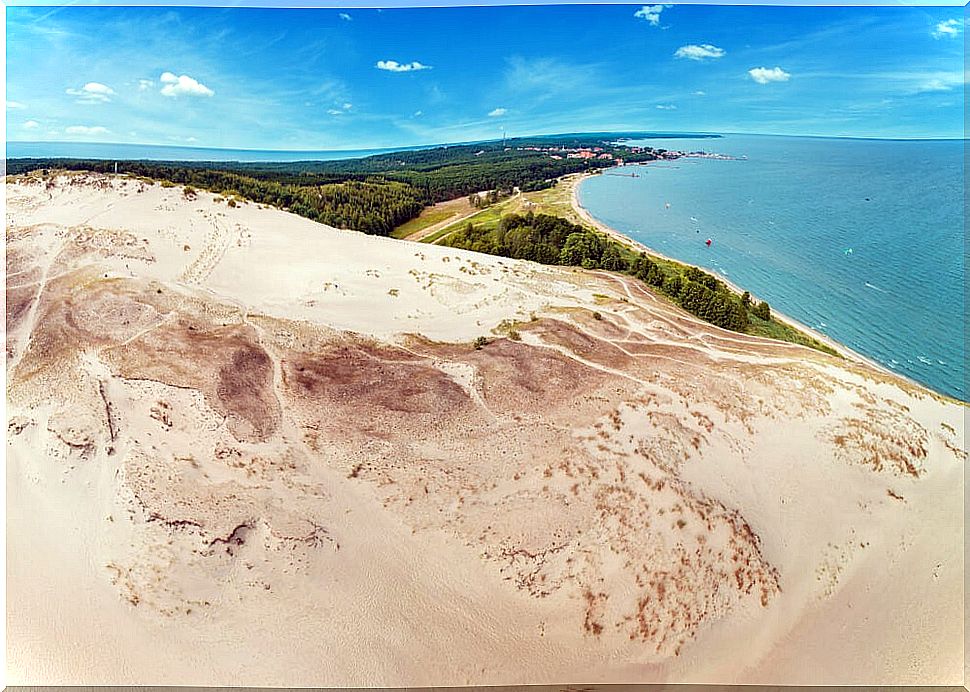
The famous dune of Parnidis is located on the outskirts of Nida, one of the towns on the Lithuanian side with the largest number of inhabitants of the isthmus. Most of the travelers who decide to visit Curlandia settle here due to its wide range of hotels and other services. In addition, in Nida you can visit the Amber Museum and the Fisherman’s Ethnographic Museum.
Just a couple of kilometers from Nida is the Parnidis dune, which is reached through a pine forest. The dune is no less than 52 meters high. In addition, from it you can see unique views of the isthmus.
Other treasures of Curonian
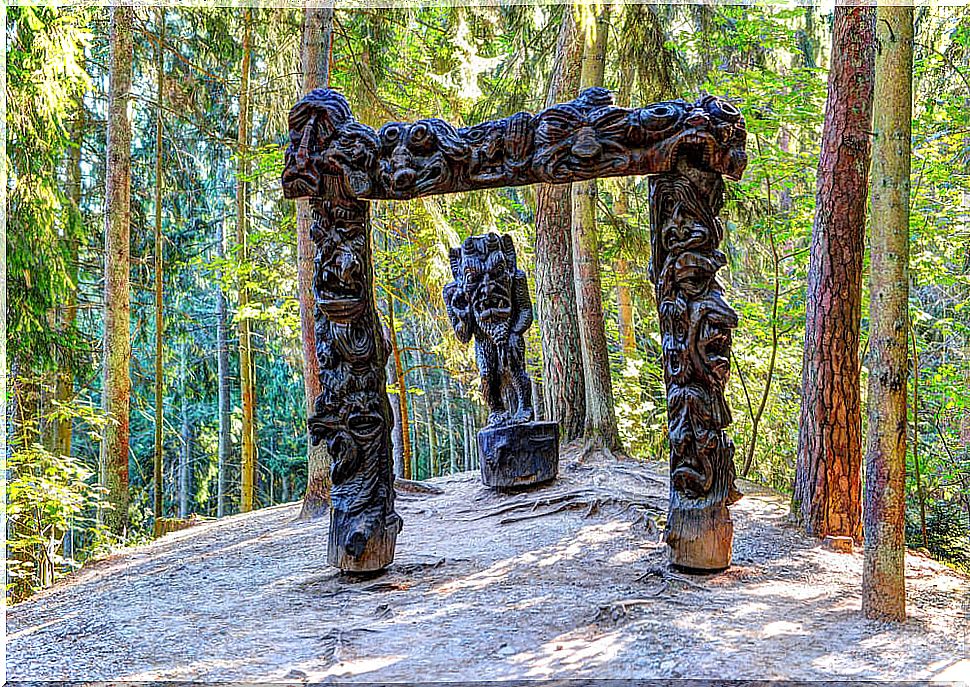
In addition to the dunes, the Curonian Spit holds other treasures. A curious corner is the Hill of the Witches, a wide wooded area decorated by statues carved in wood that represent typical characters of the country’s folklore. These statues were created and donated by different artists as a detail to help the conservation of the isthmus since 1979.
The village of Juodkrantė is a charming little corner for those who prefer to maintain a more direct contact with the people of Curonian. It is a fishing village near the Witches’ Hill and the Nagliu Nature Reserve, another must-see on the Curonian Spit.
This protected area, through which you can walk through an area already marked, is perfect for taking pictures of the beautiful Curonian Lake and the scenery offered by the dunes. A most complete route for hiking enthusiasts.
And, of course, the fantastic beaches of the isthmus cannot be overlooked. They are beaches with fine golden sands, perfect for relaxing in the middle of an idyllic landscape, although not so much for bathing, especially on the side of the cold waters of the Baltic.
